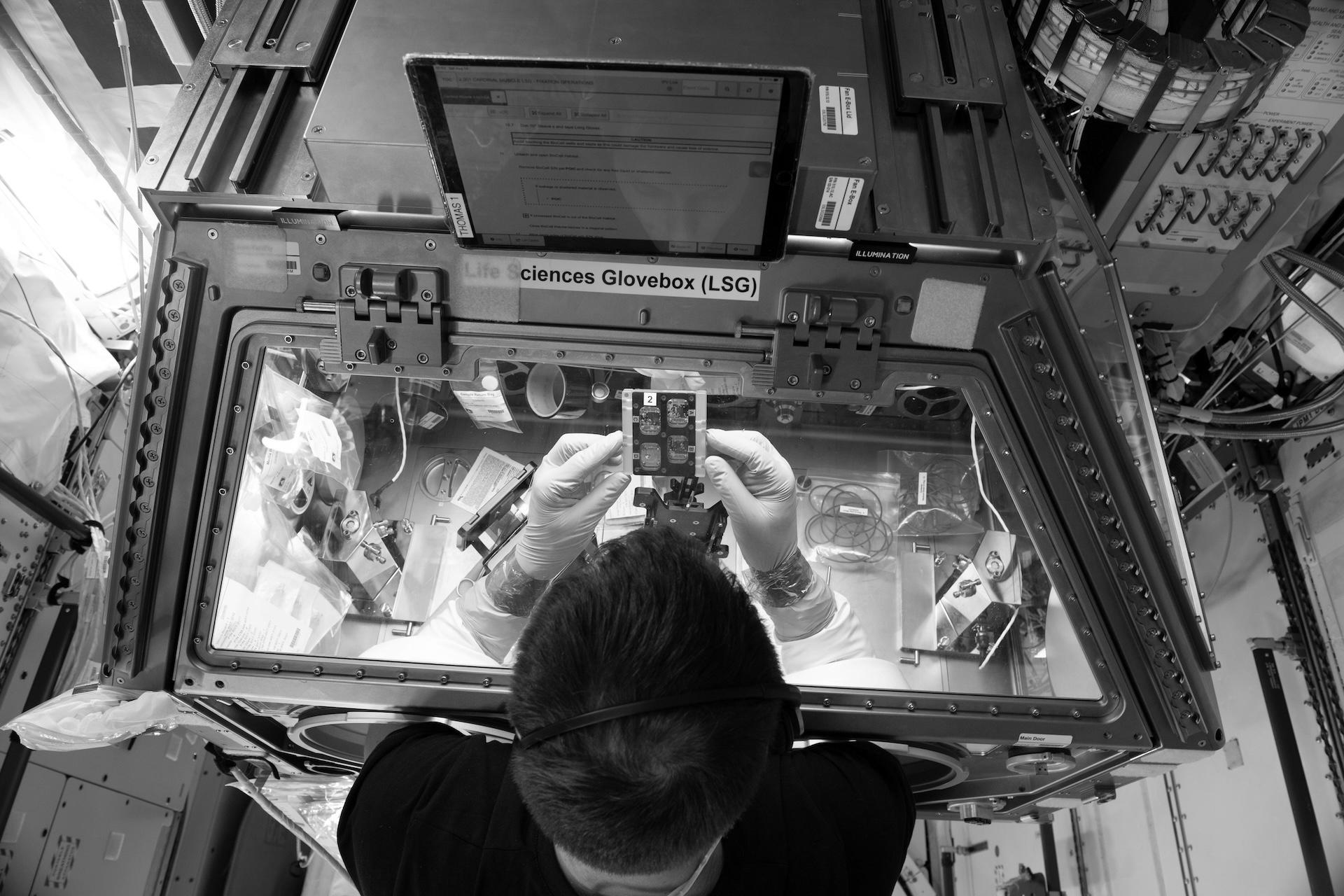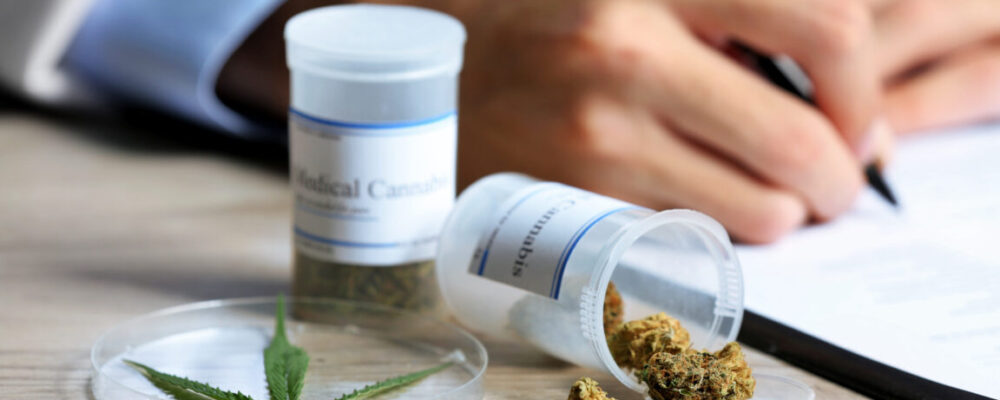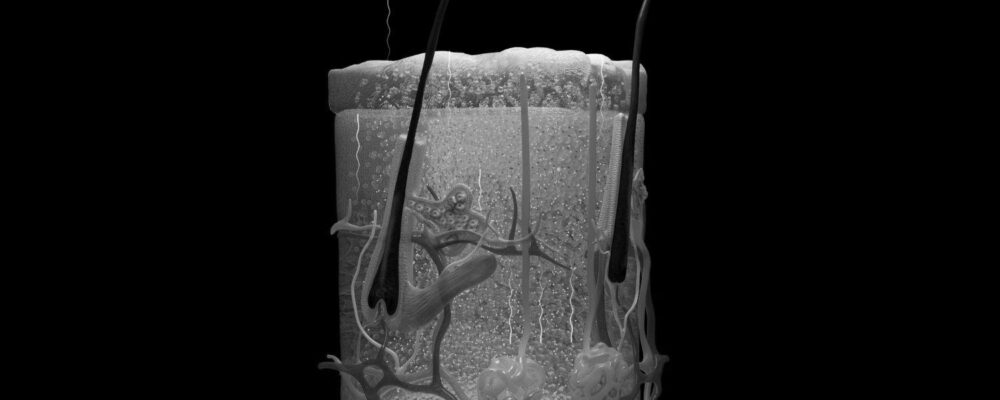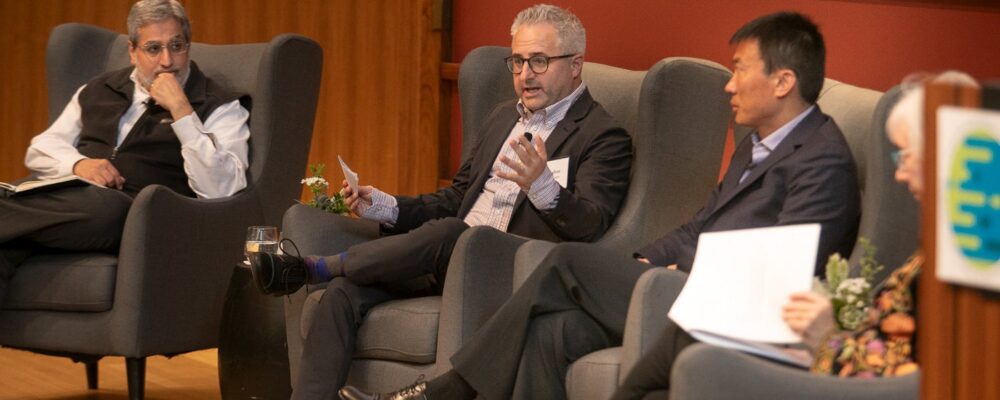Since the first astronauts spent time in space, scientists have known that space travel affects the human body in strange ways. Muscle and bone mass decrease; telomeres, the protective end caps on chromosomes, shorten; and the risk of conditions usually associated with old age, such as cancers, cataracts and cardiovascular disease, ticks up.
Why the human body should decline faster in space is still largely a mystery, but one that researchers are tackling with increasing urgency as civilian space travel becomes more feasible.
Their discoveries could not only allow future space travelers to stay healthier and journey farther, but also treat a variety of ailments in Earth-bound humans.
In a recent study that involved sending muscle samples to the International Space Station, some 250 miles above Earth, researchers from Stanford Medicine found that the lack of gravity in space impairs the normal regenerative ability of skeletal muscle.
The samples were grown from muscle cells donated by healthy volunteers on scaffolds of collagen to resemble the bundled structure of muscle fibers. They spent seven days growing in space, then were frozen until their return to Earth.
The researchers found intriguing similarities between muscle that had spent a week in microgravity (gravity aboard the International Space Station is about 0.1% of gravity on Earth) and muscle in older adults with sarcopenia, a muscle-wasting condition that develops over decades.
The impaired regeneration could contribute to why astronauts’ muscles weaken even with regular exercise.
“Microgravity is almost like an accelerated disease-forming platform and environment,” said Ngan Huang, PhD, associate professor of cardiothoracic surgery and senior author of the study published recently in Stem Cell Reports. “It’s important to understand how microgravity is affecting different tissues in the body, with skeletal muscle being one of the most essential ones because of how much of it we have in our bodies.”
Most of the aging effects astronauts experience in space, such as muscle and bone loss, can reverse once they return home.
Huang’s team also tested drugs that partially prevented these impairments in the muscle samples, which could benefit terrestrial seniors and space travelers — perhaps even senior space travelers — alike.
Markers of aging
“It’s difficult to do clinical research on aging, because you cannot tell the FDA that you’ve come up with a drug that can prolong life by five to 10 years — it’s very difficult to design that trial for logistical reasons,” said Joseph Wu, MD, PhD, director of the Stanford Cardiovascular Institute, the Simon H. Stertzer, MD, Professor and professor of medicine and of radiology.
Instead, researchers focus on specific markers associated with aging, such as cognitive decline, walking distance or sarcopenia, Wu said. Space provides a unique opportunity to study these markers on a shorter timeline.
His lab is separately investigating microgravity’s impact on the heart and has sent three batches of samples to the International Space Station: heart muscle cells in 2016, 3D-structured heart tissue in 2020 and heart organoids (simplified mini-organs made up of different cell types) last year.
They’ve found that microgravity causes weakening of heart tissue, similar to that seen in patients with heart failure. They are analyzing the results from the 2023 launch, in which half the samples were treated with drugs to counter these effects.
Impaired regeneration
Huang’s team found significant genetic changes in the skeletal muscle samples that had been to space, with over 100 genes upregulated and nearly 300 downregulated compared with identical samples kept on Earth. The changes indicated a shift toward more lipid and fatty acid metabolism and more inclination toward cell death. Certain muscle cells, known as myotubes, became shorter and thinner in microgravity.
These changes pointed to impaired regeneration and showed some similarities to sarcopenia, the muscle-wasting condition that affects 10% of people over the age of 60.
“It’s believed that with every decade of life, you start losing some percentage of your muscle mass and gaining body fat,” Huang said. “It becomes much more apparent in the later stages of life, over the age of 60.”
Even Huang was surprised by how quickly these changes happened in space. “It’s notable that in just seven days in microgravity, you see these profound effects,” she said.
Some of the samples, infused with drugs known to promote regeneration (insulin-like growth factor-1 or 15-hydroxyprostaglandin dehydrogenase inhibitor), were less impaired.
Ultimately, Huang, who is also a principal investigator at the Veterans Affairs Palo Alto Health Care System, hopes to find ways to enhance muscle regeneration to heal traumatic muscle injuries, like those many veterans suffer in combat.
“When we have small muscle tears, which happen with exercise, or some type of mild injury, muscle is normally quite regenerative,” she said. “The muscle itself harbors stem cells that turn into what we call muscle progenitor cells. And those cells give rise to new muscle.”
But if a large chunk of muscle is destroyed in a traumatic injury, that muscle doesn’t grow back.
The new study proves that space can be a valuable platform for testing therapies that boost muscle regeneration, Huang said.
Other space dangers
While it’s not yet clear exactly how microgravity leads to these profound changes, what’s certain is that all life on Earth evolved in the presence of gravity.
“It’s one of the foundational stimuli that every life form is subjected to,” Huang said. “It’s not until we suddenly take it away that we realize it’s so important.”
Though Wu is confident that microgravity is the major factor in these studies, he said we can’t ignore other challenges of space travel.
The stress of being launched into space then returning to Earth might affect the tissue samples, for example. And in space, cosmic radiation – high-energy, charged particles produced by stars, including our sun — can penetrate space capsules and cause damage.
To isolate the effects of microgravity, Huang plans to try the same experiments in a device that simulates microgravity — a random positioning machine that spins samples on two axes simultaneously, generating a sense of weightlessness.
(In fact, gravity at the relatively low altitude of the International Space Station is only slightly lower than on Earth’s surface. The microgravity aboard the station is largely due to the velocity of its orbit around Earth, creating a constant sense of freefall.)
For humans to eventually embark on years-long journeys to distant planets, scientists are looking into hibernation, inspired by the ability of squirrels and bears to sleep through long winters without eating. Hibernating space travelers might be able to stall aging during a long trek.
“If you can address microgravity, cosmic radiation and hibernation, then you can imagine a future in which an astronaut or civilian can hop from one planet to another planet to another planet,” Wu said.
Along the way, researchers could find ways to slow aging, treat radiation-induced toxicity in cancer patients or even allow terminally ill patients to hibernate until treatments are found.
“It sounds like science fiction,” Wu said. “But 100 to 200 years from now, this could all be possible.”
“Stanford University, officially Leland Stanford Junior University, is a private research university in Stanford, California. The campus occupies 8,180 acres, among the largest in the United States, and enrols over 17,000 students.”
Please visit the firm link to site






